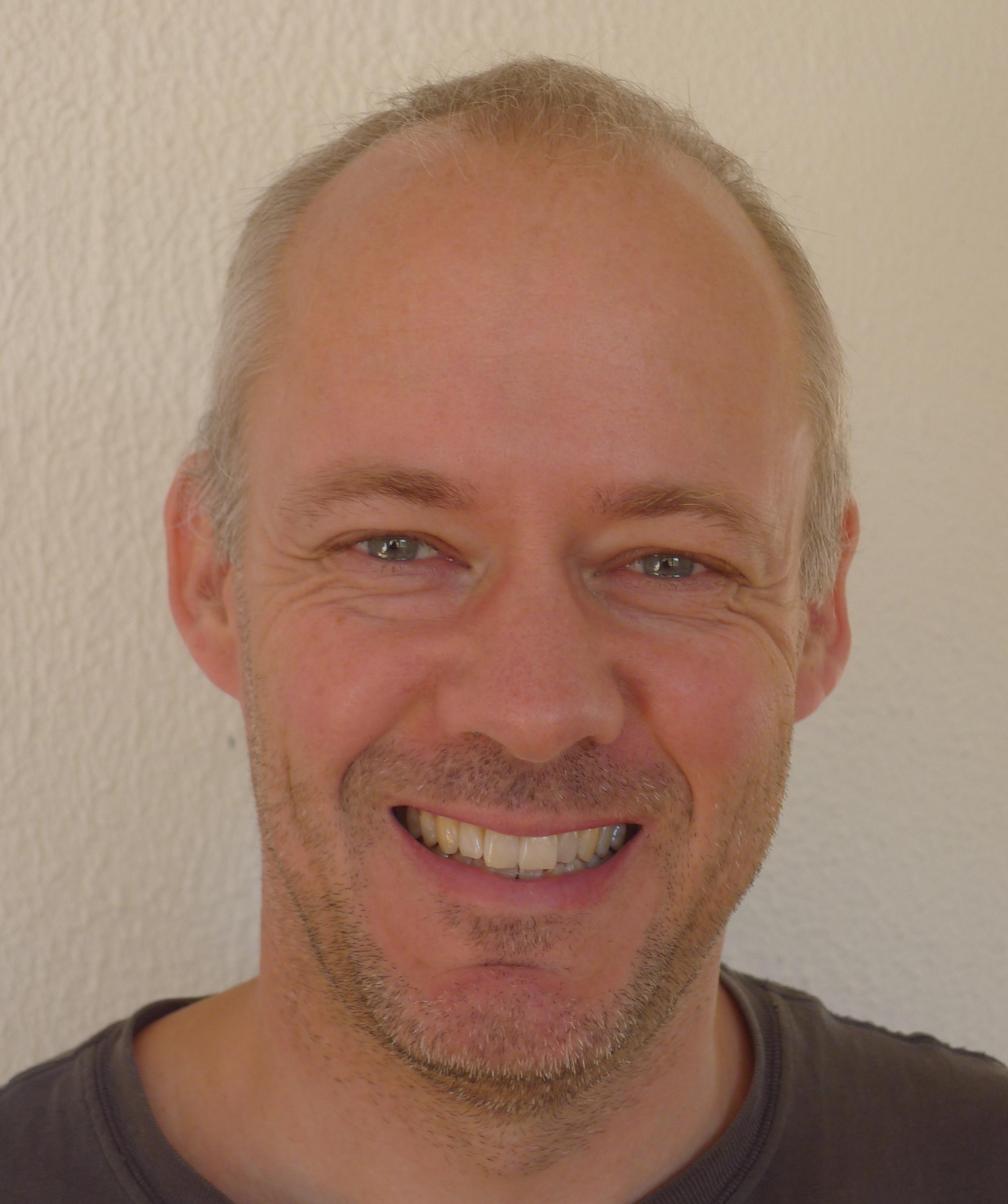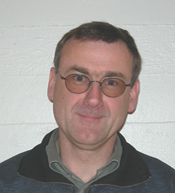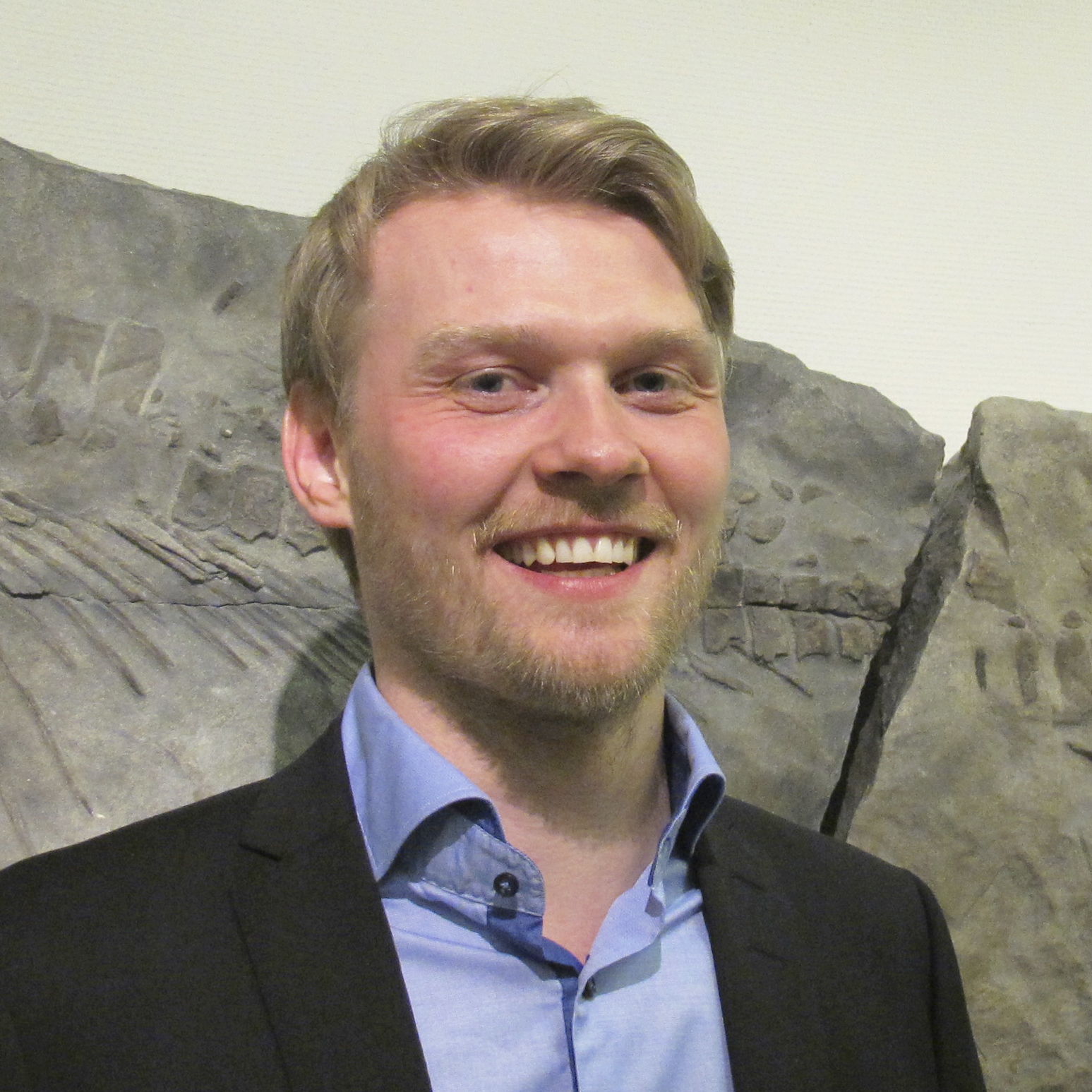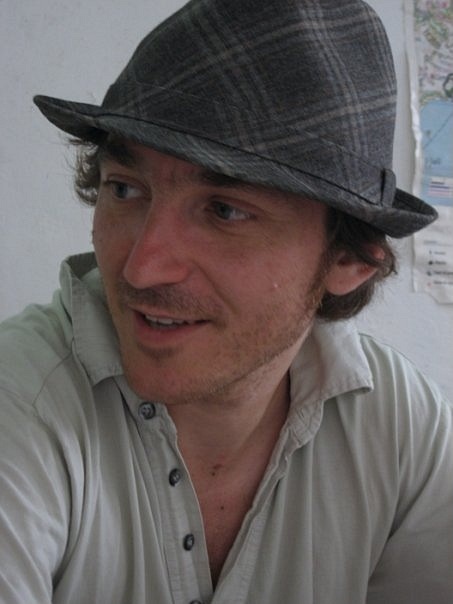Members














The research group focuses on molecular and cellular biology of plants and microorganisms, interaction between plants and microbes, plant physiology, mathematical














Photosyntech - The Norwegian graduate school on Photosynthetic Eukaryotes
Bachelor courses:
Master courses:
PhD courses:
Contributions to:
Click the Show more-button for a list of available master projects
Cloudberry pollinator communities: effects of area, habitat, and time
This is a MSc thesis opportunity in a collaboration project between UiT NTNU, and NIBIO.
Background: Cloudberry (Rubus chamaemorus) is dioecious berry plant (i.e., individual plants produce only male or female flowers) and obligately insect-pollinated. Flowering occurs in June, but through an extended period of time, most likely as a bet-hedging adaptation against occasional frosts that destroy flowers. Flowering phenology also differs widely across habitats, creating habitat-specific variation in the size and phenology of berry crops later in the summer. Cloudberry is pollinated by many different insect groups, including hymenopterans (bees and bumblebees), flies, and beetles. Despite the high economic, recreational, and cultural value of cloudberry in the Nordic countries, the composition of these species-rich pollinator communities is poorly known. However, given the large distribution range and wide ecological tolerances of cloudberry, the pollinator communities are likely to differ substantially across areas, habitats, and time.
Tasks: For this thesis, you will collect and identify cloudberry-associated pollinators directly from flowers, identify pollinators to species or higher-level taxa based on morphological traits and/or DNA barcode sequences, and associate the abundance and species composition of the communities to environmental and phenological background data.
The main questions are:
- What are the most important cloudberry-pollinating insect species and taxa?
- Do cloudberry pollinator communities vary across the flowering season and across different geographical regions?
- Do pollinator community structures depend on habitat?
You will acquire knowledge about standardized sampling designs, field collection methods, morphological and genetic identification of insects, and multivariate statistical analyses of community composition. Based on personal interests, questions can be focused on particular aspects of the overall topic.
Contact: Laura Jaakola
Hyper- and multispectral imaging of crop plants
These topics are related with two ongoing Climate laboratory collaboration projects UPSCALE and Greener Greenhouses that aim to monitor growth and quality of crop plants timothy, red clover, and peas in greenhouse conditions. Topics can be tailored based on the interest to contain diverse analytical methods.
Contact: Laura Jaakola
Epigenetic regulation of parasitic plant behaviour
Supervisors: Kirsten Krause (UiT), German Martinez (Uppsala), possibly supervisors at other Norwegian universities.
Background: In the parasitic plant genus Cuscuta light cues play a role for their finding a host plant. We are currently following leads that epigenetic marks could be involved in this and have 2 Master projects available to look at the mechanisms and the effects. One project will look at the effect of DNA methylation, the other one at the effect of Histone modification. Both projects require an interest in molecular techniques, lab work, and optional some bioinformatics analysis. The possibility to work on bisulfite sequencing data and perform Oxford Nanopore sequencing in our labs is given.
Contact: Kirsten Krause
Root rhizospheres of arctic peatland grasses
Supervisors: Kirsten Krause (UiT), Corine Faehn (UiT), Katja Karppinen (UiT).
Background: Plants secrete mucilaginous carbohydrates from their roots into the soil in order to create an improved environment for them. We are developing root analysis and phenotyping approaches as well as mucilage analysis approaches using non-disruptive imaging approaches with the help of Hyperspectral Imaging. One Master project is available working on either the technical side of hyperspectral imaging (involving an interest in programming, machine learning, and image analysis) or on the biological side of root development (pH tolerance, freezing tolerance, and other parameters) (involving an interest in greenhouse work).
Contact: Kirsten Krause, Corine Faehn
Physiological responses of marine microorganisms to warming: Does temperature force microbes to lose weight?
Master project in the RG Microorganism and Plants; Supervisors: Alexander T. Tveit and Andrea Söllinger (CECO UiT Tromsø) and Camilla Svensen (Arctic Marine System Ecology), Karley Campbell (Arctic Marine System Ecology).
Background: Microorganisms are key to the global carbon cycle, as major decomposers, and producers of greenhouse gases in marine and terrestrial ecosystems, but also as the basis for foodwebs. How microbial carbon cycling and marine foodwebs will respond to climate change depends on several factors, including microbial responses to increasing temperatures. In recent soil studies, we have identified large temperature-driven changes in the biomass of microorganisms, directly corresponding to the cell number of ribosomes, the protein production factory of the cell. In this master project, the work will focus on identifying if such changes also occur in marine microorganisms that have been exposed to seasonal or short-term laboratory temperature changes. The work will be important as a starting-point for further studies to understand if physiological changes in marine microorganisms affect cell composition (e.g., protein content) which may have consequences for marine foodwebs and carbon cycling in the sea.
Tasks: Regular sampling from land, using locations close to Tromsø. Additional samples might be available from scientific cruises. Incubation experiments at UiT – Monitoring of CO2 production (GC) in experiments, and microbial biomass, cell composition (DNA, RNA, proteins, cell storage compounds) and possibly microbial community analyses.
Contact: Alexander Tøsdal Tveit, Camilla Svensen
Important to contact us early in autumn 2023 as preparations and testing for the master project needs to start in 2023.
Anthocyanin production in fruits regulated by transcription factors
This research will use molecular biological methods to study the function of transcription factors in inducing anthocyanin biosynthesis in fruits
Contact: Katja Karppinen, Laura Jaakola
Induction of fruit ripening and softening by pectin-degrading enzymes
This topic studies functional role of fruit pectin-degrading enzymes in fruit ripening by using molecular biological methods
Contact: Katja Karppinen, Laura Jaakola
Production of plant biomass hydrolyzing enzymes by molecular farming in plant factories for biofuel production
This study uses plant biotechnology methods to produce and isolate recombinant proteins for testing cell wall degrading enzyme activities
Contact: Katja Karppinen
Lignin degradation by parasitic plants
This topic search to answer the question whether some specific parasitic plants can degrade lignin. Study involves identifying potential enzymes by bioinformatics tools and cloning genes by molecular biological tools for enzyme activity tests
Contact: Katja Karppinen, Kirsten Krause
Hyperspectral imaging of plant cell wall degradation by glycosyl hydrolase (GH9) enzymes
This study aims to develop a protocol for monitoring cell wall degradation by hyperspectral cameras
Contact: Katja Karppinen
Changes in microbial communities associated with plants in the tidal zone in response to the diesel spills
This project will be interesting for those who want to work in environmental microbiology
In event of oil or oil-product spills in near shore-line waters, some amount of hydrocarbons will be accumulated on or near coastal plants. In this study, we have treated three most common tidal zone species of higher plants with different concentration of diesel. The candidate’s aim will be to analyze changes in bacterial communities in the upper rhizosphere of those plants through several time points past pollution. The methods to be used total DNA extraction from sediments/sand, metagenome sequencing and analyses.
Contact: John Beck Jensen, Anton Liaimer
In the search for applicable oil degrading bacteria
This project will be interesting for those who want to work in environmental microbiology
Oil can leak into the environment, either naturally or because of human activity. When confronting oil spill in the sea, one can try to remove the oil physically by human activity, often an impossible task. The sea ecosystem itself also has the capacity to cope with an oil spill either by breaking down the oil physically or using indigenous microorganisms that utilize the hydrocarbons as their source of energy and carbon. We study how marine bacterial communities respond to the oil pollution, and how we might can use those indigenous bacteria in the cleaning of the marine environment. We offer master projects where the aim is to screen for groups of bacteria, novel genes and enzymes involved in oil degradation. The methods to be used include cultivation/harvesting of bacteria, DNA isolation, sequencing, bioinformatic analyses and phylogenetic studies.
Contact: John Beck Jensen, Anton Liaimer
Diurnal cycle in multicellular cyanobacteria of genus Nostoc
This project will suit a candidate with interest for bioinformatics
Cyanobacteria of genus Nostoc are one of the most complex prokaryotes. They are phototrophic nitrogen-fixing multicellular bacteria, with pronounced cell differentiations and have a life-cycle which includes resting cells and motile stage. Nostocs produce a wide range of secondary metabolites, many of each are toxic or posses other bioactivities. The aim of this project is to analyze gene transcription patterns in the cyanobacteria grown under day-night cycle or under constant light. The methods to be used include cultivation, harvesting, total RNA isolation, reverse transcription, transcriptome sequencing and bio-informatic processing and analyses of the data. In case the time frame allows, one can also analyse secondary metabolite profiles of the samples using HPLC and Mass Spectrometry.
Contact: Anton Liaimer
Search for novel biologically active compounds in cyanobacteria isolated from North-Norwegian environments
This project is related to UiTs broader agenda on finding new sources for the novel drug leads
Cyanobacteria are prolific producers of various secondary metabolites, many of which show biological activities against bacteria, fungi, viruses or cancer cells. We explore the secondary metabolite repertoir of newly isolated cyanobacteria form various terrestrial and freshwater environments in Tromsø area. In our previous work on several strains, we described several new compounds with novel chemical structures. This project is open, one can either focus on one strain, and its SM production abilities, or take cultivable strains from a given environment for a screening. The methods to be used: isolation and cultivation of cyanobacteria, extraction of SM and nucleic acids, Mass Spectrometry and related analyses, bioactivity screening, eventually sequencing and bioinformatic predicting. All depending on the candidate’s particular interest.
Contact: Anton Liaimer